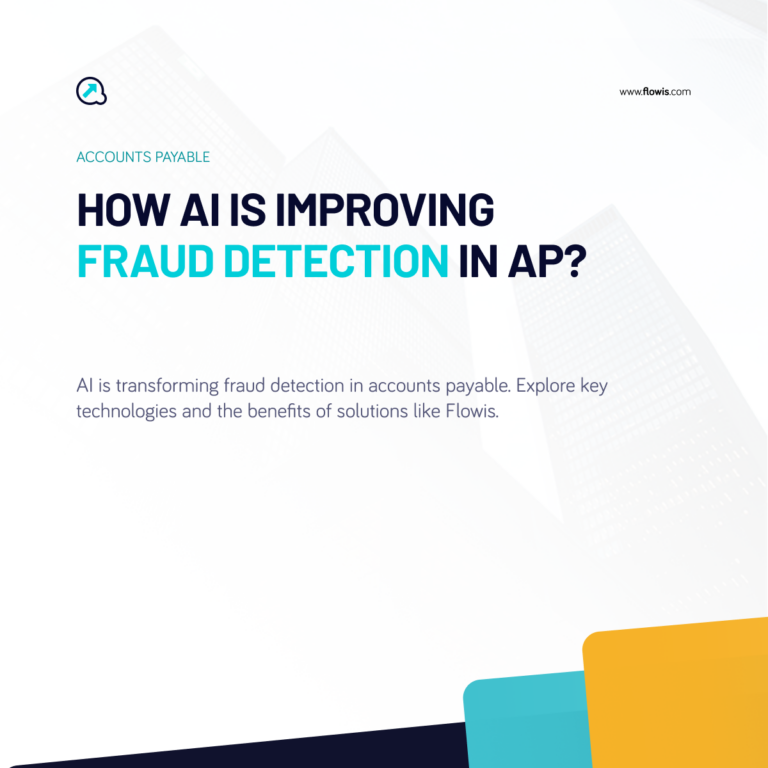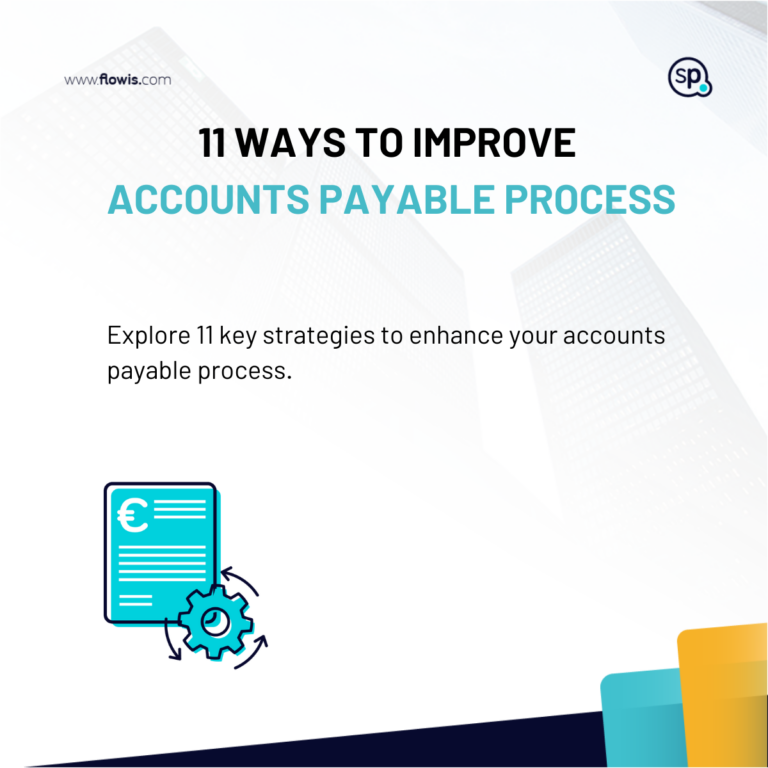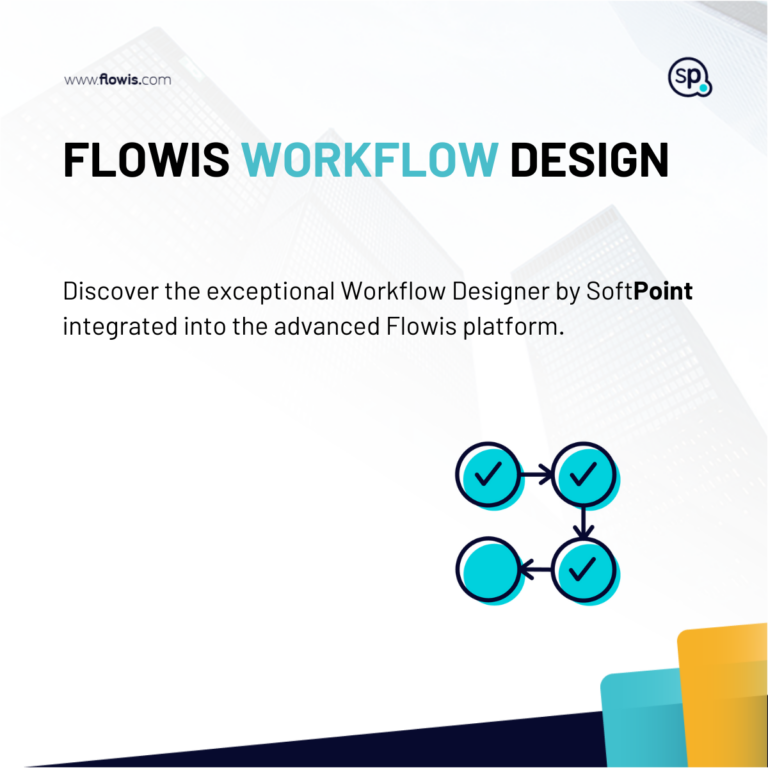Modern companies thrive on automation. It streamlines operations, improves accuracy, and boosts productivity. By automating repetitive and time-consuming tasks, companies can reduce costs, minimize human error, and optimize resource allocation. Process automation uses advanced technologies like artificial intelligence (AI), optical character recognition (OCR), and machine learning (ML). These technologies simplify complex workflows across departments such as accounting, human resources, also customer service. This transformation allows companies to make real-time, data-driven decisions and focus on strategic initiatives rather than manual processes. Efficiency is the future of business.
What is Artificial Intelligence (AI)?
Artificial Intelligence (AI) allows machines to do tasks that usually need human intelligence. These tasks include problem-solving, decision-making, understanding language, and recognizing images. AI enables computers to “think” and “learn” from data. This helps them improve performance without needing to be programmed for every task.
AI can be divided into several types, but the most commonly discussed are:
Narrow AI: This type of AI is designed to perform specific tasks. For example, it can recommend products on an online store or recognize faces in photos. Most AI systems today are examples of narrow AI.
General AI: A more advanced form of AI that could perform any intellectual task that a human can. General AI is still in the theoretical stages. Researchers are working toward creating systems that can think and reason more like humans.
AI Technologies Used in Business Process Automation
Artificial intelligence is transforming business operations by automating repetitive tasks, improving decision-making, and driving efficiency. Companies use various AI technologies to improve performance in departments like finance, HR, customer service and other. Below, we’ll walk you through the key AI technologies commonly used in business process automation and explain how they function.
Machine Learning & Language Understanding
Machine Learning (ML) is a subset of AI that enables systems to automatically improve their performance through experience. By analyzing large datasets, ML algorithms can identify patterns and make predictions without being explicitly programmed for specific tasks. ML can be used to optimize processes like fraud detection, customer segmentation, demand forecasting, and inventory management.
In accounts receivable process, ML can predict when a customer will pay their invoice based on historical payment behavior. This helps finance teams manage cash flow more effectively. In HR, ML automates resume screening by ranking candidates based on how well they fit the job.
Natural Language Processing (NLP) enables machines to understand, interpret, and respond to human language. NLP is particularly useful in customer service. It allows chatbots and virtual assistants to understand and respond to customer inquiries in real time. Language AI automates tasks like document processing, sentiment analysis, and email management.
NLP can analyze customer emails or chat conversations, automatically categorize them, identify key topics, and even generate appropriate responses. This reduces the workload on customer service teams and speeds up response times. NLP also extracts key information from invoices, contracts, or other documents, reducing the need for manual data entry.
Document and Task Automation
Optical Character Recognition (OCR) is a technology that converts various documents into editable and searchable data. It works with scanned paper documents, PDFs, and images. OCR is widely used in business process automation to eliminate the need for manual data entry and accelerate document processing.
OCR is a technology that allows systems to read and extract important information from documents. It eliminates the need for manual data entry, such as typing details from invoices. The system then inputs this data into accounting software, speeding up the accounts payable process and reducing errors.
Robotic Process Automation (RPA) involves using software robots (or “bots”) to automate routine, rule-based tasks typically performed by humans. RPA can handle tasks such as data extraction, report generation, and system updates. It is particularly effective in processes where high volumes of repetitive tasks are involved.
RPA automates the reconciliation of bank statements with accounting records. It pulls data from multiple sources, compares it, and flags discrepancies. RPA also works with OCR to manage documents. It extracts data from invoices and enters it into the financial system.
AI for Data Analysis & Decision Making
Predictive Analytics uses AI algorithms to analyze historical data and predict future outcomes. Predictive analytics can help optimize workflows by forecasting trends, behaviors, or system failures.
For instance, in supply chain management, predictive analytics can forecast demand, enabling businesses to automate inventory replenishment. Predictive analytics in customer service identifies at-risk customers. This allows businesses to take proactive steps to retain them and improve satisfaction.
Decision Support Systems powered by AI leverage data and advanced algorithms to assist in decision-making. These systems can analyze vast amounts of data, identify key trends, and provide actionable insights that inform business decisions.
A decision support system in HR helps with recruitment by analyzing candidate data. It predicts which candidates are most likely to succeed in a given role. In finance, DSS helps executives make better investment or budgeting decisions by analyzing market trends and financial forecasts.
AI for Visual Processing & Customer Interaction
Computer Vision is a field of AI that allows machines to interpret visual data. This includes data from images and videos. Computer vision handles tasks like quality control, inventory management, and document verification.
Warehouse computer vision systems track products as they move through the supply chain. This ensures the correct items ship to customers. In accounts payable, computer vision verifies and processes invoices automatically. It cross-references visual data with the company’s database to ensure accuracy.
Chatbots and Virtual Assistants powered by AI are increasingly being used to automate customer support, data collection, and task management. These AI-powered systems can carry on conversations, provide instant responses, and resolve customer issues without human intervention.
In HR, chatbots can assist employees with benefits enrollment. They also help by answering frequently asked questions about company policies or supporting leave requests. In customer service, virtual assistants can help customers with product inquiries, order tracking, and troubleshooting.
Business Processes You Can Automate
We will explore several key processes across different departments that can be automated through intelligent automation.
Accounts Payable Automation: Managing accounts payable can be a time-consuming task, especially when dealing with large volumes of invoices. Flowis automates invoice processing using OCR and AI technology. It extracts key information from invoices, such as amounts, invoice numbers, and due dates. This reduces manual data entry, minimizes errors, and speeds up payment processing. Automated reminders for overdue invoices also ensure timely payments, improving vendor relationships and avoiding late fees.
Accounts Receivable Automation: Flowis also streamlines accounts receivable by automating invoice generation, payment tracking, and collection reminders. The software can automatically generate and send invoices based on predefined parameters, reducing delays and human error. Flowis can track incoming payments and reconcile accounts in real time. It also notifies the team of any outstanding or overdue invoices, ensuring smoother cash flow and more efficient credit control.
Human Resources Automation: HR departments often face a range of routine tasks such as employee onboarding, document management, leave requests, and benefits administration. Flowis automates these HR processes, reducing the administrative burden on HR teams. This allows HR teams to focus on more strategic activities.
Intercompany Process Automation: Managing intercompany transactions, such as crosscharges between different branches or subsidiaries, can be complex and time-consuming. Flowis automates the entire crosscharging process, ensuring that transactions are accurately recorded and billed between entities within the company. The software can automatically generate crosscharge invoices, match them with the corresponding expenses, and update financial records. This eliminates manual effort, reduces errors, and provides better transparency and accountability across departments.
Travel Expense Reimbursement Automation: Travel expense management is often a tedious process, requiring employees to submit expense reports, track receipts, and wait for approval. Flowis automates travel expense reimbursement by capturing receipts with OCR and validating expenses against company policies. It then routes reimbursement requests through automated approval workflows. This speeds up the reimbursement process, ensures compliance with company policies, and improves employee satisfaction by reducing delays.
Key Benefits of Business Process Automation
Business process automation offers numerous advantages that help companies stay competitive and efficient. By automating routine tasks, companies can focus on innovation, strategic growth, and improving customer experience. Some key benefits of BPA include:
Improved Efficiency: Automation eliminates repetitive manual tasks, speeding up processes and allowing employees to focus on higher-value work.
Cost Reduction: Reducing human intervention in routine tasks lowers labor costs and minimizes errors, cutting costly mistakes.
Enhanced Accuracy: Automation ensures consistency in data entry and processing, minimizing human errors and providing accurate, up-to-date information.
Scalability: Automated systems can easily adapt as companies grow, helping them scale without adding significant additional resources.
Better Decision Making: Automation provides real-time insights, allowing companies to make quicker, data-driven decisions that enhance overall performance.
ERP Integration for Seamless Operations
Many software solutions today can integrate seamlessly with existing ERP systems like SAP, Oracle, and Microsoft Dynamics. This integration keeps all data centralized, easily accessible, and up to date. It eliminates data silos and improves collaboration across departments. The automation system communicates directly with the ERP, ensuring smooth data flow between departments. This alignment helps maximize efficiency in business processes. Whether it’s financial data, HR records, or inventory management, ERP integration helps streamline operations and maintain consistency across all functions.
The Future of Business Processes
In the digital age, business process automation is no longer a luxury but a necessity. It allows companies to operate more efficiently, reduce costs, and improve service quality. By adopting automation technologies such as AI, OCR, and ML, companies can streamline operations. Integrating these technologies with existing systems enables businesses to make smarter, data-driven decisions. Embracing automation is essential for staying competitive and ensuring long-term growth in a fast-evolving market.




